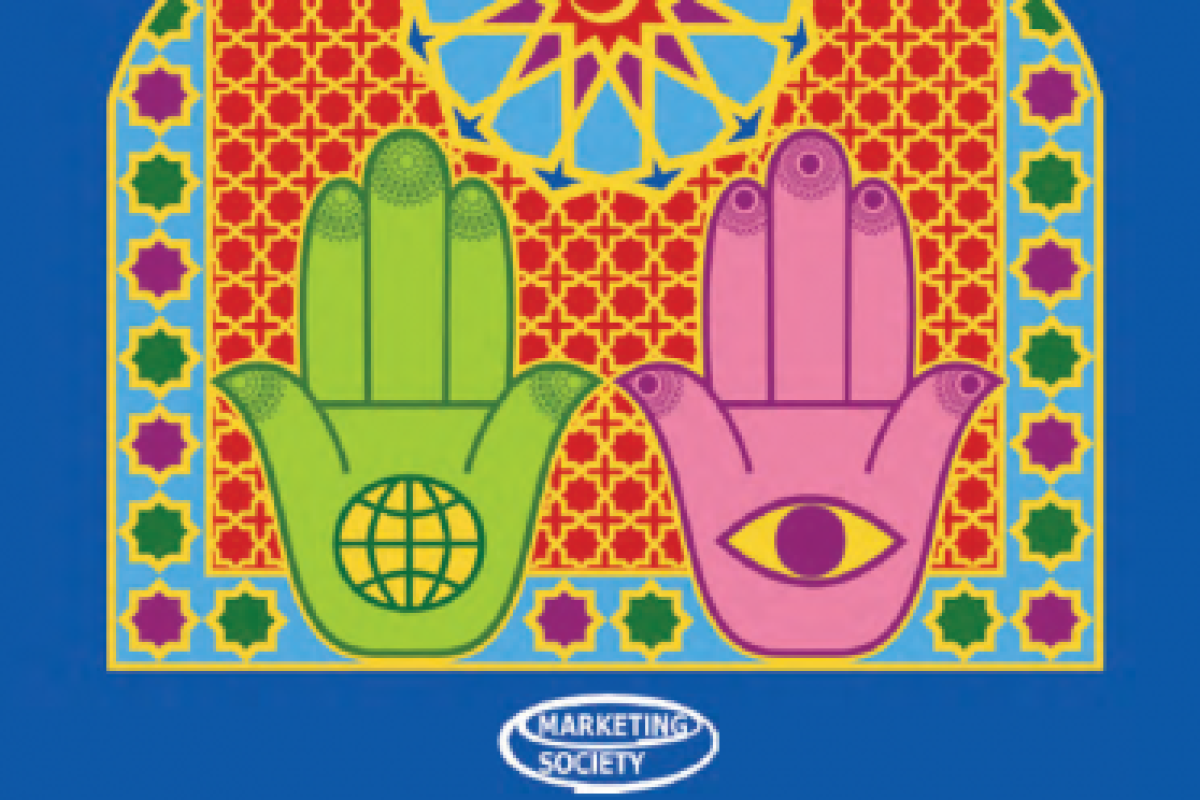THE QUESTION of how much control we, as marketers and brands, should hand over to the consumer in relation to our communications is an increasingly pertinent one.
While media theorists and Web 2.0 evangelists have been lining their pockets from brand managers who are eager to accept the fashionable and over-simplistic answer of ‘all of it’, we should consider this question much more carefully.
Handing communications to people to shape and influence themselves is a must in this new age, but the same is not true of control.
We are in the unique position where, through the construction of a well-thought-out ‘choice architecture’, we are able to exert a far greater level of influence over our fans, and as such control over our communications, than ever before.
Let’s first consider two famous campaigns in which control was seemingly lost.
Skittles changed its website to a Twitterfall, and the then presidential candidate of the US, Barack Obama, had a legislature platform – www. change.gov. In both cases, people’s contributions were way off brief. Skittles received profanities and insults, and at change.gov people asked for legalisation of cannabis. This prompted many to argue that when given the freedom, people had blown it.
Even Clay Shirky, media theorist extraordinaire, questioned if there is a point at which too much control is given to the public.
Yet the problem we all face, including Shirky, is our understanding of what the term ‘control’ means. Control should not be a question of how much or how little we let people do something – an approach that stifles creativity, eats up resources, and generates resentment – but instead what framework of incentives can be constructed that rewards those who do the things we want, and penalises those who don’t.
Choice architecture offers the illusion of freedom of choice while nudging heavily in the direction of conforming to your brand’s objectives.
EXPENSIVE ERRORS
In the case of Skittles, the objective was to have entertaining and interesting things said about Skittles on the homepage through Twitter. Yet the incentives to swear, insult and ruin the feed were far greater (notoriety, amusement, etc) than saying something positive. The incentive was fame and amusement – the choice architecture had rewarded the wrong type of contribution.
Time for Change, Obama’s pioneering legislative concept, failed not because too much control had been afforded to the public but because the incentive to pursue a niche agenda (the ‘wrong’ choice) was greater than contributing workable and realistic ideas for change.
WHO HAS GOT IT RIGHT?
Walkers’ Do us a Flavour is an often-mentioned campaign. While it may seem like just a ‘most votes win’ mechanic, its success in a) generating hundreds of valid flavours, and b) creating an army of free advocates and sales promoters (people-powered marketing) was down to one simple aspect of the proposal – the winner’s 1% share of their flavour’s profit for life.
Without this reward the contestants would have been motivated solely by generating the greatest level of popular vote by a defined date (for the lump-sum cash prize). By rewarding those who did the ‘right’ thing, Walkers increased the volume of positive responses which ‘drowned out’ the wrong responses and starved negative submitters of their key motivation – notoriety.
Incentives are not necessarily financial. Indeed, the easiest way to shape the right incentives is through the issuing of the correct brief. Cadbury’s Eyebrows inspired thousands of copied versions from people eager to join in the fun. Yet these weren’t cruel or devaluing to the brand. Why? Because the brief was tight (wiggle your eyebrows) and the reward concrete and connected to the answering of the brief.
To make incentives worthwhile, it is essential to sort out the correct brief. To get the most from people the brief must be simple and obvious to execute. A tight brief enables us to identify correct forms of incentives and it sets people’s imaginations free.
How could the Skittles campaign have been better? What would have happened if all the people who had said something nice were rewarded with a pack of Skittles? Not enough? Or what if the public could contribute and vote on a ‘Tweet pic’ that ‘filled their day with colour’, and those tweets with the most votes stayed on the homepage and the winner was rewarded on a weekly basis? Not perfect, but better.
Skittles could have generated a huge amount of positive buzz around the brand if there had been an adequate brief and if the brand had rewarded champions for making the ‘correct choice’.
The question to ask is: how do we create good choice architecture? Fortunately, the answer is simple and twofold.
1. Brief consumers correctly. What are we asking them to do, and is this contribution framed in a way that is easy to understand and execute?
2. Construct incentives to reward your contributors for participating in a way that matches your objectives.
Too often, the real rewards and incentives (not those that are promised) are provided in a framework that is disconnected from the brand’s objective. This is where the damage occurs. However, by following the rules, we can challenge the prevailing notion of control having been lost in our communications. It is possible to reassert the brand’s identity across the online and offline worlds.
James Fraser is a strategic planner at Mindshare Worldwide. james.fraser@ mindshareworld.com
A tight brief enables us to identify correct forms of incentives and it sets people’s imaginations free
